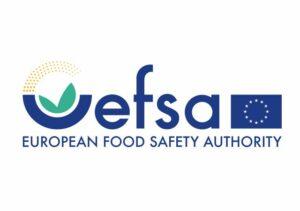The most common source of Campylobacteriosis infection is chicken meat, but for Salmonellosis, 19 Member States and the UK have met their targets for reducing Salmonella in poultry.This is the highest number since 2018, when 14 Member States met all targets, marking a milestone in the joint efforts to fight zoonotic diseases and protect public health.
2022 was the year with the second highest number of cases of West Nile virus infections ever recorded in the EU (1,133 cases), with 2018 being the year with the highest number so far (1,612 cases). These unprecedented high numbers may be caused by more favourable climatic conditions for mosquito activity. In 2022, 431 birds and 166 horses tested positive for West Nile virus in the EU, around double the previous year’s figures. The virus also extended its geographical area, reaching previously unaffected areas (southwestern France, northern Germany, and southern Italy).
The number of reported foodborne outbreaks in the EU increased by 44%, from 4,005 in 2021 to 5,763 outbreaks in 2022, reaching similar levels as during the pre-pandemic years and causing the highest number of outbreak-related deaths in the past decade (64). Deaths were primarily attributed to Listeria monocytogenes, and were associated with a wide variety of foods, ranging from meat and dairy products to fish and vegetables. The more frequent use of whole genome sequencing may have enhanced the sensitivity of surveillance, thereby increasing the ability to detect outbreaks in the Member States.
EFSA is also publishing story maps and dashboards which provide information on Brucella, zoonotic tuberculosis and Shiga toxin-producing E. coli and allow to search and visualise data.


